Children’s Orthodontist in Vacaville
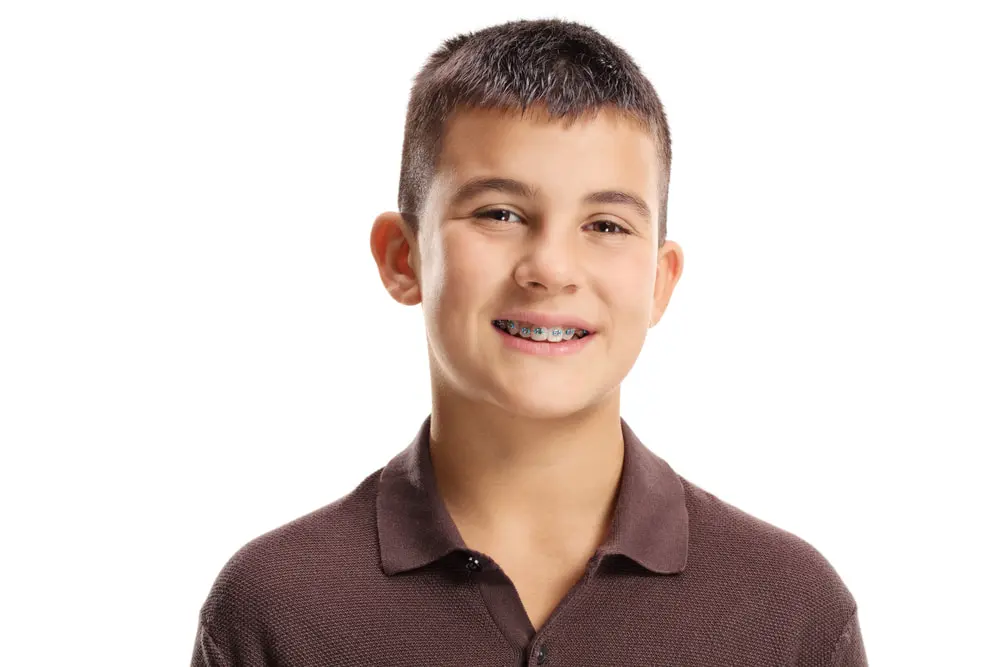

Give Your Child a Lifetime of Smiles
A well-aligned set of teeth and jaws is essential for your child’s smile. Although the best age for orthodontic treatment may vary, Dr. Natalie Yang and the American Association of Orthodontists recommend scheduling the first screening visit by age seven.
What is Early Treatment?
At Natalie Yang Orthodontics, early intervention is crucial for identifying and addressing potential dental concerns before they fully develop. This proactive approach helps minimize the risk of more complex or expensive treatments later on. Additionally, Dr. Natalie Yang can often achieve more effective results during periods of active facial and jaw growth.
When is the Best Time for Treatment?
The ideal time to schedule an initial consultation is around age seven. While the appropriate age for braces may vary, orthodontic treatments in Vacaville generally begin between ages 9 and 14, as early intervention for issues like underbites is most effective from age 7 to 10.
Role of a Children’s Orthodontist
Importance of Early Orthodontic Intervention
Identifying dental issues early through preventive orthodontics helps avoid significant problems in the future. Benefits include:
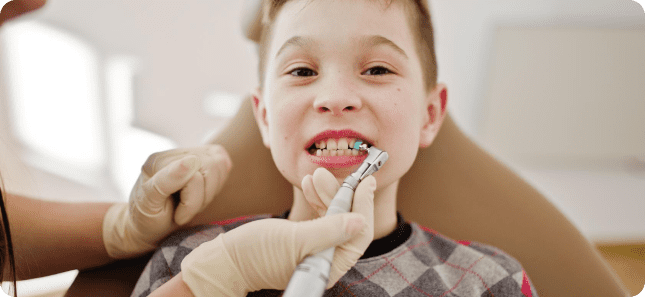
Preventing severe
dental issues
Establishing proper jaw and tooth alignment early on lays the foundation for a healthy, attractive smile. This boosts self-confidence and creates lasting positive impressions through the teenage years and beyond.
Improving Appearance
and Confidence
Addressing orthodontic concerns proactively can save future treatment time, money, and discomfort while enhancing overall confidence.
Enhancing oral health
Well-aligned teeth are easier to clean, which significantly reduces the risk of cavities and gum disease. This contributes to better long-term oral health.
Benefits of Children’s Orthodontic Treatment
Improved Oral Health and Hygiene
Improved Speech Development
Prevention of Future Dental Issues
Boosted Confidence and Self-Esteem
Ready to transform your smile with the orthodontist Vacaville trusts? Click the link below to schedule your free orthodontic consultation today with Natalie Yang Orthodontics!
Understanding Children’s Orthodontic Treatment
Braces
Traditional metal brackets and wires are used to correct crowding, spacing, and other malocclusions.
Aligners
Clear trays gradually shift teeth into their correct positions over time.
Retainers
Devices that help stabilize teeth post-treatment to ensure lasting alignment.
Space maintainers
Appliances designed to preserve open spaces when a baby tooth is lost prematurely.
Importance of Early Evaluation
By age seven, children should receive an orthodontic evaluation to assess any issues related to crowding, alignment, or bite irregularities. Early detection helps reduce the risk of complications later on.
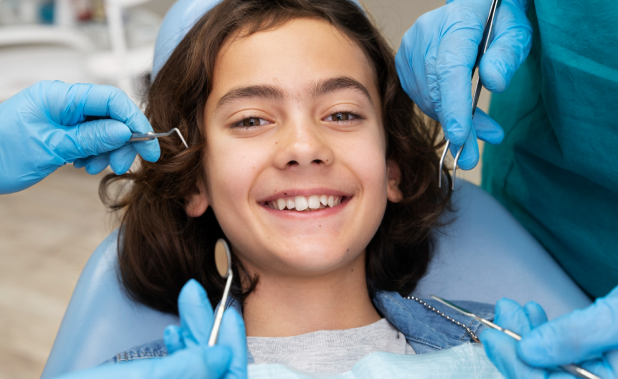
Treatment Process
Consultation
The initial evaluation includes X-rays and impressions to assess the child’s orthodontic needs.
Appliance Fitting
If treatment is recommended, orthodontic devices are fitted according to the specific treatment requirements.
Follow-ups
Regular monitoring visits are scheduled to check progress and make necessary adjustments.
Retention
After treatment, retainers are provided to prevent any relapse after the completion of treatment. Then, tooth eruption will be monitored for final treatment (if needed) once all adult teeth have erupted.

Appointment Duration and Frequency
The frequency of appointments is determined by the severity of the misalignment and the type of appliance used. Generally, braces need adjustments every 4 to 10 weeks, while aligner appointments are every 3-5 months. Each session typically lasts between 20 to 60 minutes, and the overall treatment length can range from six months to three years, depending on individual needs.
Ready to transform your smile with the orthodontist Vacaville trusts? Click the link below to schedule your free orthodontic consultation today with Natalie Yang Orthodontics!
Common Orthodontic
Issues in Children

Overbite, Underbite, Crossbite, and Spacing Problems
Crooked or Misaligned Teeth
This issue is often hereditary, but can also result from habits like thumb sucking or injuries. Untreated misalignments can complicate cleaning, raising the risk of dental diseases.
Crowding or Spacing Issues
Crowding occurs when there isn’t enough room for all teeth, while too much spacing and gaps can lead to food buildup and subsequent cavities.
Thumb Sucking and Other Oral Habits
Prolonged thumb sucking may alter the shape of the upper jaw and misalign the teeth. This can cause big overbites and crossbites, which affect speech, esthetics, and jaw development.
Orthodontic Treatment Options for Children

Traditional Braces
Components & How They Work
Brackets are glued to the teeth, then wires are held in by elastic ties. As the wires straighten, teeth become straighter as well. Wire changes and adjustments gradually shift your teeth over time.
Advantages
Reliable for mild to severe cases, from simple crowding to severe jaw surgery cases.

Clear Aligners
Components & How They Work
Attachments (temporary, tooth-colored filling material) are glued to the teeth. A series of aligners is delivered, which gradually shifts teeth into alignment. Trays are switched out every 1-2 weeks.
Advantages
Removable for meals and brushing. Aligners are more discreet and easier to maintain. Reliable for mild to complex cases.
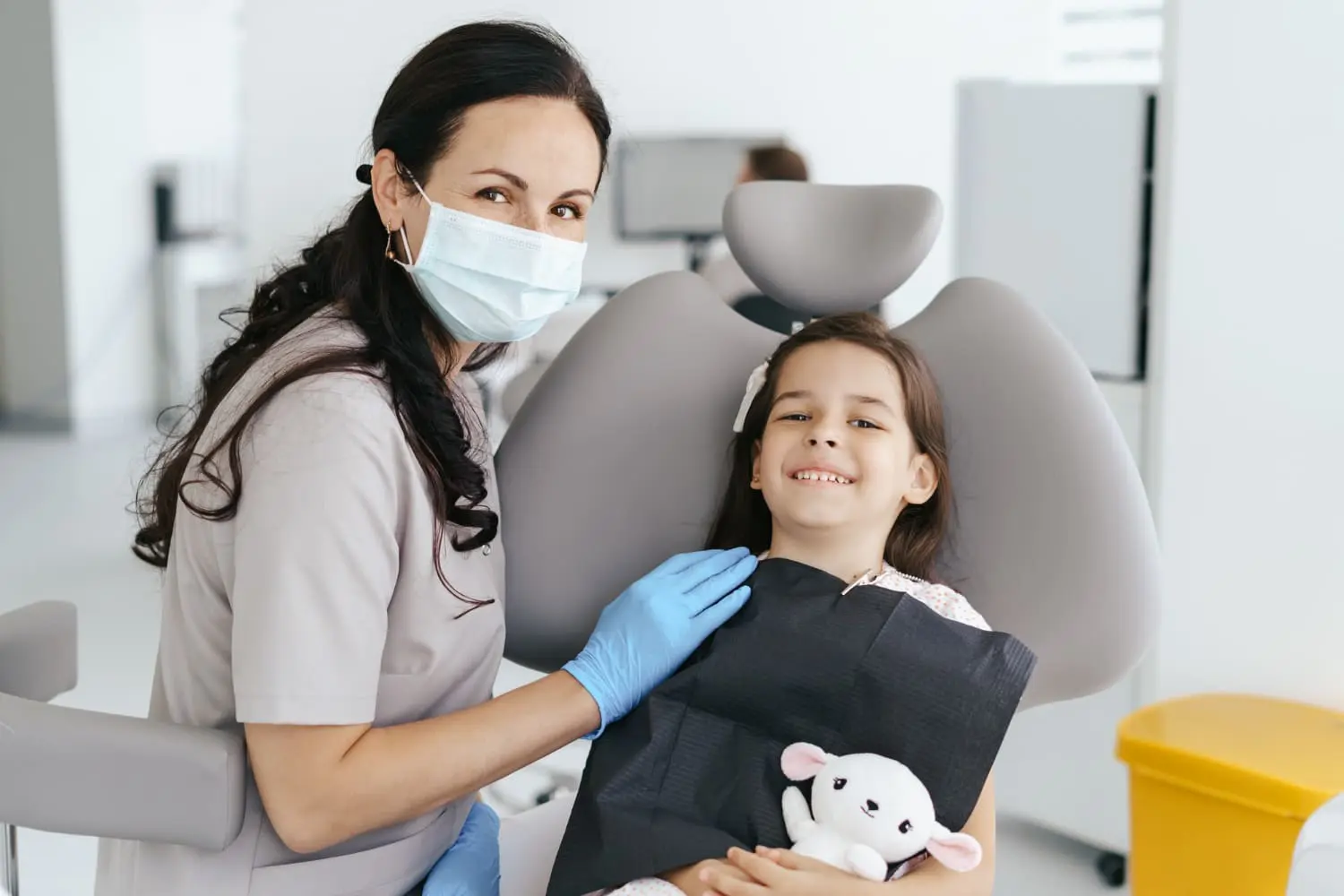
Functional Appliances
Purpose
Addresses jaw growth problems in growing children or teenagers.
Benefits
Improves upper and lower jaw relationships, which enhances jaw function and helps improve facial symmetry.

Retainers
Purpose
Maintains alignment after treatment.
Types
Removable or permanent retainers based on individual needs. Removable retainer options are either clear or traditional (Hawley).
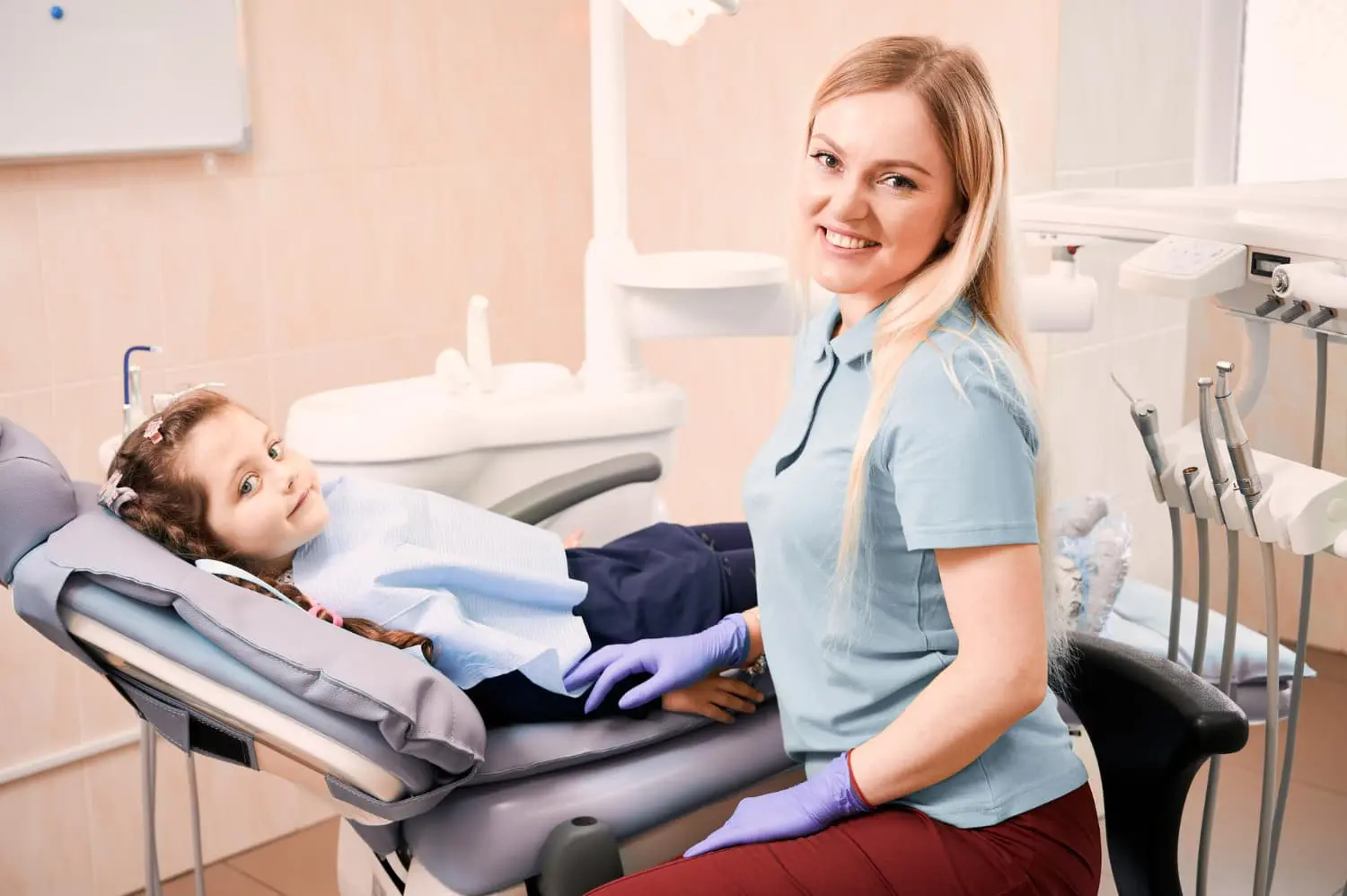
Importance of Early Orthodontic Care
Early orthodontic treatment addresses dental issues while a child’s jaw is still developing, aiming to prevent more serious problems in the future. Starting treatment early can avoid severe complications, enhance appearance, and promote better oral health. The optimal time to address issues like crossbites and crowding is from age 7-10 as the jaw continues to grow. By ages 11 to 15, when most permanent teeth have emerged, braces can complete tooth alignment.
Choosing the Right Pediatric Orthodontist
When selecting an orthodontist for your child, it’s essential to evaluate their qualifications and experience to ensure they meet your family’s needs. Look for an orthodontist with specialized training in orthodontics and experience in treating children. Check for additional qualifications, such as ABO Board Certification. Additionally, consider practical factors such as the office location, hours that fit your schedule, and the overall cost of treatment, including payment plans or insurance options. Taking the time to research and choose the right orthodontist ensures your child receives high-quality care in a supportive and comfortable environment.
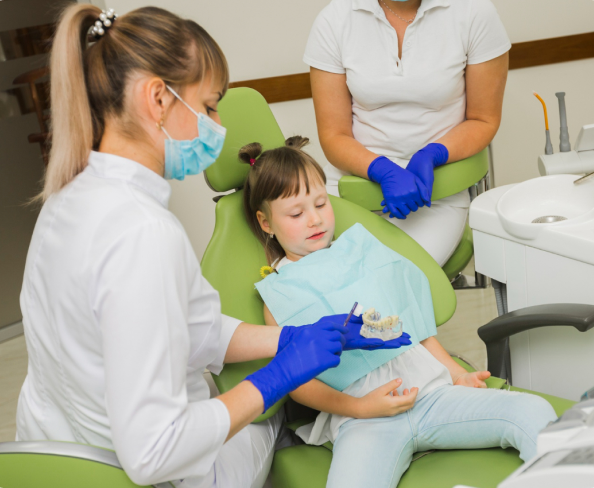
Ready to transform your smile with the orthodontist Vacaville trusts? Click the link below to schedule your free orthodontic consultation today with Natalie Yang Orthodontics!
FAQ
What Age Should a Child See an Orthodontist?
By age seven, all children should have an evaluation with a qualified orthodontist. This initial visit does not necessarily mean immediate treatment, but it allows the orthodontist to monitor the child’s jaw and tooth development over time, identifying any potential issues early.
Can a 6-Year-Old See an Orthodontist?
Yes, a 6-year-old can see an orthodontist. Children are maturing at earlier ages, so early evaluations are beneficial as they can identify developing problems. This helps to prevent more serious issues as the child grows.
How Painful Are Braces for Kids?
Braces for kids may cause mild discomfort or soreness, especially when first applied or after adjustments. This occurs as the braces work to realign the teeth. However, this discomfort usually subsides within a few days and can be managed with over-the-counter pain relief and soft foods. As their mouths adjust, children often hardly notice the braces, making the experience manageable and temporary. Kids usually feel less soreness from orthodontic tooth movement than adults.

